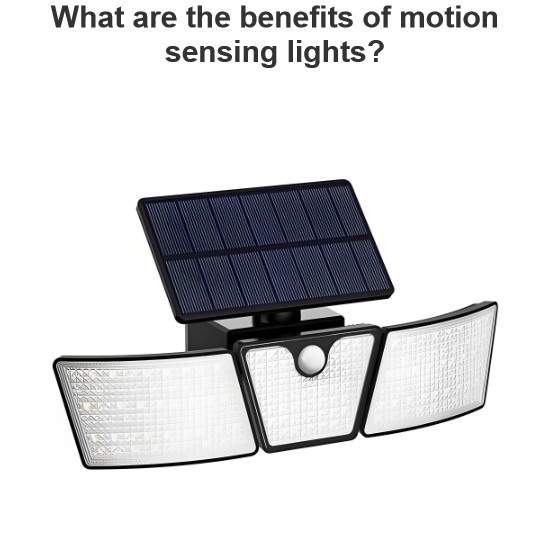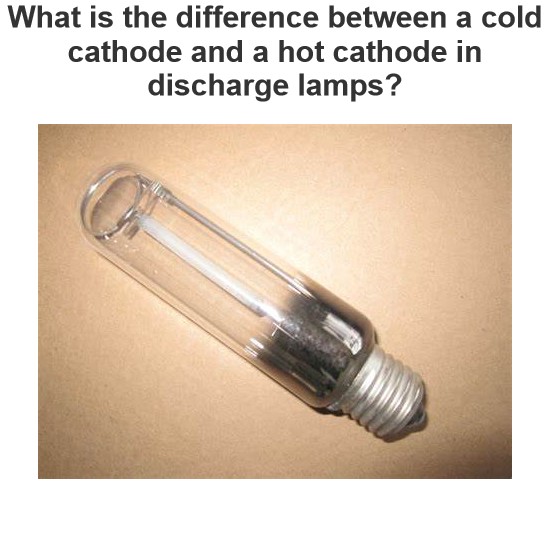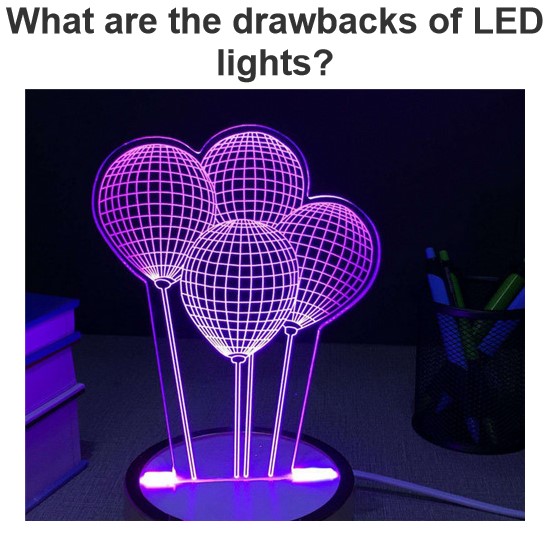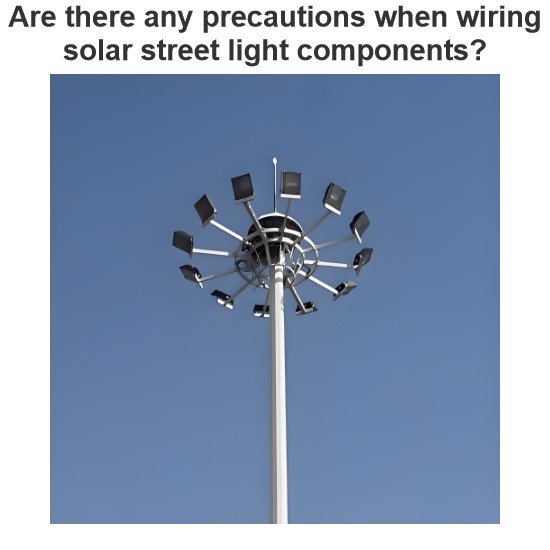Tungsten Halogen Lamps
In 1958, E.G. Fridrich and E.H. Wiley had has developed Tungsten Halogen Lamp by introducing a halogen gas (basically Iodine) inside the incandescent lamp. Basically, without halogen gas, incandescent lamp filament gradually losses its performance because of its filament evaporation at higher temperature of operation. The evaporated tungsten from the filament of normal incandescent lamp gets deposited inside the bulb surface gradually. Thus lumens get obstructed from its way to come out from the bulb. So the efficacy i.e. lumen/watt of the incandescent lamp goes down gradually. But the insertion of halogen gas into the incandescent lamp overcomes this difficulty in addition to different advantages. Because this inserted halogen gas helps the evaporated tungsten to form tungsten halide which never gets deposited on the inner bulb surface at bulb surface temperature between 500K and 1500K. So the lumens never face obstruction. So Lumen per watt of the lamp does not deteriorate. Again due to insertion of pressurized halogen gas, the rate of evaporation of the filament goes down.
Working Principle of Halogen Lamp
The working principle of halogen lamp is based on regenerative cycle of halogen.
In incandescent lamp due to high temperature tungsten filament gets evaporated during its operation. Due to convectional flow of gas inside the bulb, the evaporated tungsten is transported away from the filament. The wall of the bulb is relatively cool. Hence the evaporated tungsten then is adhered to the inner bulb wall. This is not the case when halogen like iodine is used in the bulb container. The temperature of the filament of the halogen lamp is maintained at about 3300K. Hence here also tungsten will be evaporated from lamp filament. Due to convectional flow of gas inside the bulb, the evaporated tungsten atoms are transported away from the filament to relatively lower temperature zone where they combine with the iodine vapor and form the tungsten iodide. The temperature required for combination of tungsten and iodine is 2000K.
Then the same convectional flow of gas inside the bulb carries the tungsten iodide to the wall of relatively lower temperature. But the bulb is so designed that the temperature of the glass wall remains between 500K and 1500K and at that temperature tungsten iodide does not adhere to the bulb wall. It goes back to towards the filament due to same convectional flow of gas inside the bulb. Again, at the close vicinity of the filament where temperature is more than 2800K, the tungsten iodide gets broken into the tungsten and iodine vapor. Because this is the required temperature for breaking tungsten iodide into tungsten and iodine atoms is >2800K.
Then these tungsten atoms further proceed and get re-deposited on the filament to compensate previously vaporized tungsten. After that they again get evaporated due to high filament temperature and become free to acquire iodine to form iodide. This cycle repeats again and again. Hence the filament does not get evaporated permanently so temperature of the filament can be maintain at very high level compared to normal incandescent lamp which makes it more efficient i.e. more lumen/watt rating. As there is no permanent evaporation of filament, the lifespan of the Tungsten Halogen Lamps gets much longer with clarity of illumination. The chemical equation is
Construction of Halogen Lamp
Comparing to the halogen lamp, the incandescent lamp is able to provide only 80% of its lumens at the end of the life as the clarity of glass wall becomes fade due to tungsten deposition on it whereas the tungsten halogen lamp is able to provide above 95% of its lumens at the end of life. Previously borosilicate or aluminosilicate glass was used to make bulb of the halogen lamp. Because they have higher temperature withstanding capability and their thermal expansion co-efficient is very low. But now a day’s Quartz is widely used to make halogen bulb glass. Quartz is transparent silica and pure silicon dioxide. It is very stronger and it withstands higher temperature as compared to the borosilicate or alumina silicate glass. Quartz bulb can be soft material above 1900K. Again around the filament 2800K must be maintained to get continuous halogen cycle. So the distance between the filament and quartz bulb wall must be maintained in such a way that the quartz bulb wall gets temperature below 1900K. The bulb wall should be stronger and smaller in volume such that the lamp can be operated at the inner pressure of several atmospheres. Again higher pressure inside the bulb reduces the rate of evaporation of the tungsten filament. A certain amount of nitrogen and argon are mixed in addition to the halogen gas inside the bulb to maintain this higher gas pressure inside. Thus the lamp can be operated at the higher temperature and with higher luminous efficacy for long time. Most of the lamps in present days are with bromine instead of iodine. Bromine is colorless whereas the iodine is purplish tint.
Application of Tungsten halogen lamps
Tungsten halogen lamps can have a number of shapes but they are most often tubular with the filament oriented axially. Again they are available in both double ended and single ended types. Two types are shown below.
Two types are shown below.
Tungsten halogen lamps give correlated color temperature, excellent lumen maintenance and reasonable life. Tungsten halogen lamps are appropriate to be used in outdoor lighting application. Particularly they can be used in the sports lighting, theater, studios and television lighting etc. Their filaments are generally mechanically stable and positioned with higher precision. Tungsten halogen lamps are being used widely as spotlight, film projectors and scientific instruments. Types of Tungsten halogen lamps in the market of low voltage tungsten filament lamps are also available. They are available at 12, 20, 42, 50 and 75 Watts operated between 3000K and 3300K. Their life ranges from 2000 hours to 3500 hours.
As the optical projection equipments the halogen lamps are generally used, in present days, they are being used widely in the display lighting also.
The main part of the tungsten halogen lamp is small tungsten halogen capsule. It is cemented into one piece, all glass reflectors are as the facets for controlling the beam optically. MR-16 lamp has multifaceted reflector with 2 inch diameter. It has slightly higher luminous efficacy than standard voltage incandescent lamps. Their size is smaller also and permit compact fixture.
Statement: Respect the original, good articles worth sharing, if there is infringement please contact delete.
Electrical4U is dedicated to the teaching and sharing of all things related to electrical and electronics engineering.















